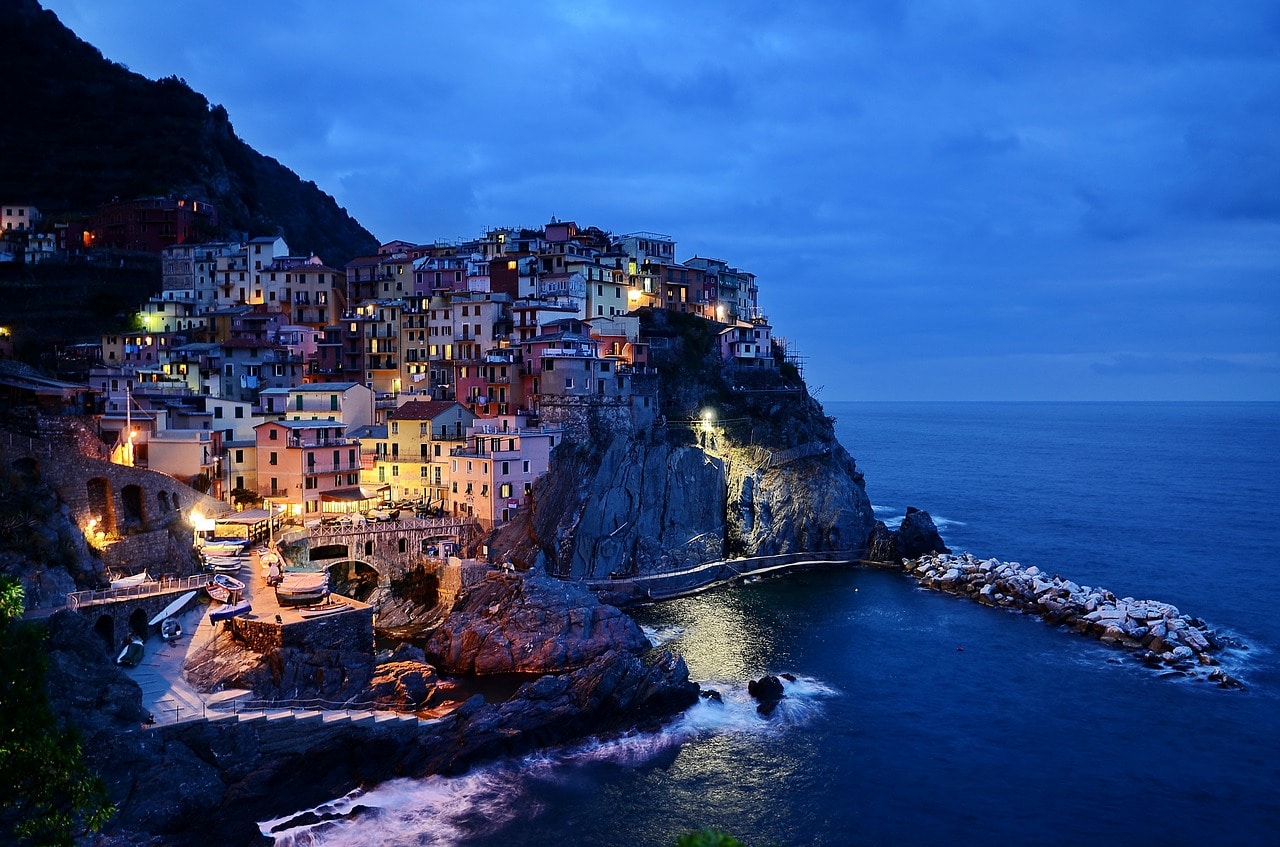#What is Cuba famous for?

Table of Contents
“#What is Cuba famous for?”
Things Cuba is famous for
#1 Beaches
With over 3,500 miles of coastline bordered by the Atlantic on the north and the Caribbean on the south, Cuban beaches are legendary.
The sand on Cuban beaches ranges from brilliantly white to honey beige to volcanic black. Yet, the water is always clear and inviting.
From that day on October 28th in 1492 when Christopher Columbus first landed on a Cuban beach and declared, “This is the most beautiful land human eyes have ever beheld,” Cuban beaches remain outstanding in their beauty.
#2 Fascinating architecture
The Spanish explorers brought many cultural aspects with them to Cuba. The architecture was just one of them. Much of the architecture you see in Cuba today is a combination of styles. One of the most popular is Baroque, of which the Cathedral of Habana, completed in 1777, is a prime example.
Other common architecture styles include the Moorish-inspired arches – popular in Spain for centuries before the Spanish arrival in Cuba. This style is most commonly found in Cuba’s arched walkways created to protect residents from the tropical sun and rain showers.
Neoclassical architectural styles became popular with the arrival of French colonists who came in successive waves of immigration bringing with them the styles popular in France at the time.
France was again influential in Cuba’s architecture with the development of the Art Deco style so evident in many of Havana’s buildings today. A beautiful example of Art Deco is the Bacardi building in Havana.
More recent pre-revolution architectural styles were influenced by the United States during the period between Cuban Independence in 1898 and the start of the Cuban Revolution in 1959. Of course, the prime example of this is the capitol building in Havana, greatly influenced by the U.S. capitol in Washington D.C.

#3 Rum
Rum is to Cuba what sake is to Japan or champagne is to France. It is much more than a popular Cuban spirit; it is part of the nation’s cultural identity and runs through the veins of Cuba’s history and economy.
Cuban rum is made from molasses derived from sugar cane, a lifeblood of the Cuban economy since its introduction to the island by the Spanish.
Rum production caused the Spaniards to import enslaved Africans to work the sugar cane fields where the average life expectancy of a slave was 27 years. This dramatically changed the social, racial and cultural makeup of the Cuban people.
Rum was, and is, big business in Cuba. Continued refinement of the rum production process, dedicated nurturing and favorable atmospheric conditions made Cuban rum arguably the best in the world.
Rum Masters, professional rum experts, supervise production nationally and are a rare breed indeed. There can only be 10 Rum Masters in existence at any time. They study and apprentice for decades before they can reach the level of a Rum Master.
Cuban rum is lighter, smoother and crisper than other rums of the Caribbean making it, along with tobacco, a top revenue generator for the island.
There is a rum museum in Havana where the history of rum is explored, production explained and samples provided, to the delight of the visitors.
Rum even infiltrates religion in Cuba. When a bottle of rum is first opened, it is customary to pour a few drops on the floor “for the saints.”

#4 Cuban Cocktails
All four Cuban Cocktails that circled the globe have rum as the main ingredient. These four cocktails are the mojito, the daiquiri, the Cuba Libre and the canchanchara. Though they have been popular for centuries, their fame has only grown in recent decades.
Two of these drinks, the mojito, and the canchanchara were originally medicinal brews used to cure ailments from colds to fevers. The canchanchara, a rum, honey and lime concoction made popular in the central Cuban city of Trinidad, was standard medicine for soldiers in many Cuban wars. Even if these drinks didn’t cure you, you felt better anyway.
The Cuba Libre was the result of a blending of rum and Coke at the end of the Cuban War of Independence when the United States assisted the Cuban army in its fight against Spain. Thus the name Cuba Libre or “Free Cuba” came to be.
The daiquiri was named after a mining town in Santiago de Cuba province. The rumor is that an engineer at the mine invited friends over for drinks of gin but realized he had run out. In a pinch, he substituted rum and added sugar, mint, and seltzer. The result was delightful. One of the visitors brought the recipe to the owner of Havana’s El Floridita bar, Catalan immigrant Constantino Ribalaigua, and convinced him to offer it to his patrons. The rest, as they say, is history and historic.
Three things really exploded the Cuban cocktail’s popularity:
- the prohibition in the U.S. from 1920 to 1933 made Cuba an appealing alternative for Americans that wished to imbibe legally.
- Hollywood stars visited Cuba in the 40s and 50s and were photographed enjoying cocktails in luxurious surroundings like Havana’s Hotel Nacional. This made Cuban cocktails desirable and aspirational.
- Ernest Hemingway loved Cuba and had a house there for many years. He frequented the El Floridita bar to have his daiquiri and La Bodequita del Medio to have his mojito almost daily.
This exposure made the drinks even more popular and they have remained so to this day.
#5 Music
For a relatively small country with an 11 million population, Cuba has always punched far above its weight in the realm of the arts, particularly in music. Music genres invented in Cuba include the son Cubano, a mix of Spanish and African influences. Other genres are rumba, bolero, nueva trova, timba and others.
The popular salsa descends from the son Cubano but borrowed heavily from other Caribbean islands.
Cuban musicians are famous worldwide, and songs penned by Cuban composers are played universally.
#6 Cigars
Who hasn’t heard of Cuban cigars? The classic cigars come from a stretch of land in Cuba’s westernmost province of Pinar del Rio called Vuelta Abajo.
Great atmospheric conditions in Vuelta Abajo made for excellent cigars – believed to be the best in the world.
This part of Cuba is also one the most beautiful, especially the lush, green Valley of Viñales.
#7 Classic American cars
Due to the break in diplomatic relations between Cuba and the U.S. in the early 1960s, there have been no new car imports into Cuba from the U.S. The American cars you see in the streets of Cuba are re-engineered and repaired many times over.

The more beautiful cars serve as period vehicles to transport tourists around town in vintage style. The ugly ducklings that can still perform are used as route taxis.
These cars have now passed on to become iconic symbols of contemporary Cuban tourism.
#8 The Cuban UNESCO World Heritage sites
Cuba has nine UNESCO World Heritage sites. Each one unique, remarkable and beautiful.
- The Alejandro de Humboldt National Park, named after a German scientist who visited and worked in Cuba in the early 1800s. The park is renowned for its amazing abundance of native plants and fauna.
- The archeological landscape of the first coffee plantation in south-eastern Cuba. Located in Guantanamo province, this 19th-century plantation preserves and displays the technology used at the time to produce coffee. It also offers a peek into the way of life of the Cuban inhabitants at the time.
- Old Havana and its fortifications. Havana was the most important economic center of the Spanish Empire in the Americas for a long time and, as such, had to be protected from competitors and pirates. The UNESCO site includes over 18 imposing fortifications along Havana’s coast and harbor.

- Another important UNESCO fortification is the San Pedro De La Roca Castle in Santiago de Cuba. This massive structure is considered the finest example of Spanish colonial military fortifications in the Americas.
- The city center of Cienfuegos – This graceful square with its French-influenced architecture is said to be the most beautiful in Cuba.
- The city center of Camagüey, city of churches. The winding, narrow, cobblestone streets of Camaguey were said to be deliberately confusing so in the event of an invasion the invaders could be ambushed and repulsed.
- Trinidad and the nearby Valle de los Ingenios or Valley of the Sugar Mills. Beautiful, picturesque Trinidad, in central Cuba, is a remarkably well-preserved colonial city. The town became rich from the sugar trade in the 18th and 19th centuries. The Valley of the Sugar Mills is where the critically important sugar crop was processed.
- Valley of Viñales. Perhaps one of the most naturally beautiful locations on earth, this is where the world-famous tobacco is produced.

- Desembarco del Granma National Park. Overlooking the ocean from dramatic cliffs, this park is famous for its biodiversity.
#9 Unique flora and fauna
Cuba is home to many unique species of animals and plants. Some of the most interesting are:
- The Bee hummingbird, native to Cuba is the smallest bird in the world weighing 2.6g and measuring 2 and a half inches.
- The Cuban crocodile is found only in Cuba and is the most endangered of the crocodilian family. It is highly territorial, very aggressive and can leap out of the water to capture its prey using its strong back legs.
- Cuba has over 100 species of palm trees 90 of which are native and one of which, the Royal Palm, is a national symbol.
- Cuba has over 350 bird species 24 of which are indigenous. As such, it is a bird watchers paradise.
- Of Cuba’s 121 reptile species, 103 are native to Cuba.
#10 The people

Finally, Cuba’s major claim to fame is its friendly, welcoming people.
Talek Nantes is an author, digital content creator, and founder of the travel blog, travels with Talek. She is a passionate travel enthusiast and enjoys sharing her travel experiences with others. Talek’s personal and professional background have led her to travel to over 110 countries. She has lived and worked throughout the world and speaks several languages. Talek has an MBA and a Masters Degree in International Relations from the University of Pennsylvania. She lives in with her husband in New York City and Miami.
Pin it for later

If you liked the article, do not forget to share it with your friends. Follow us on Google News too, click on the star and choose us from your favorites.
For forums sites go to Forum.BuradaBiliyorum.Com
If you want to read more Like this articles, you can visit our Trip & Travel category.



